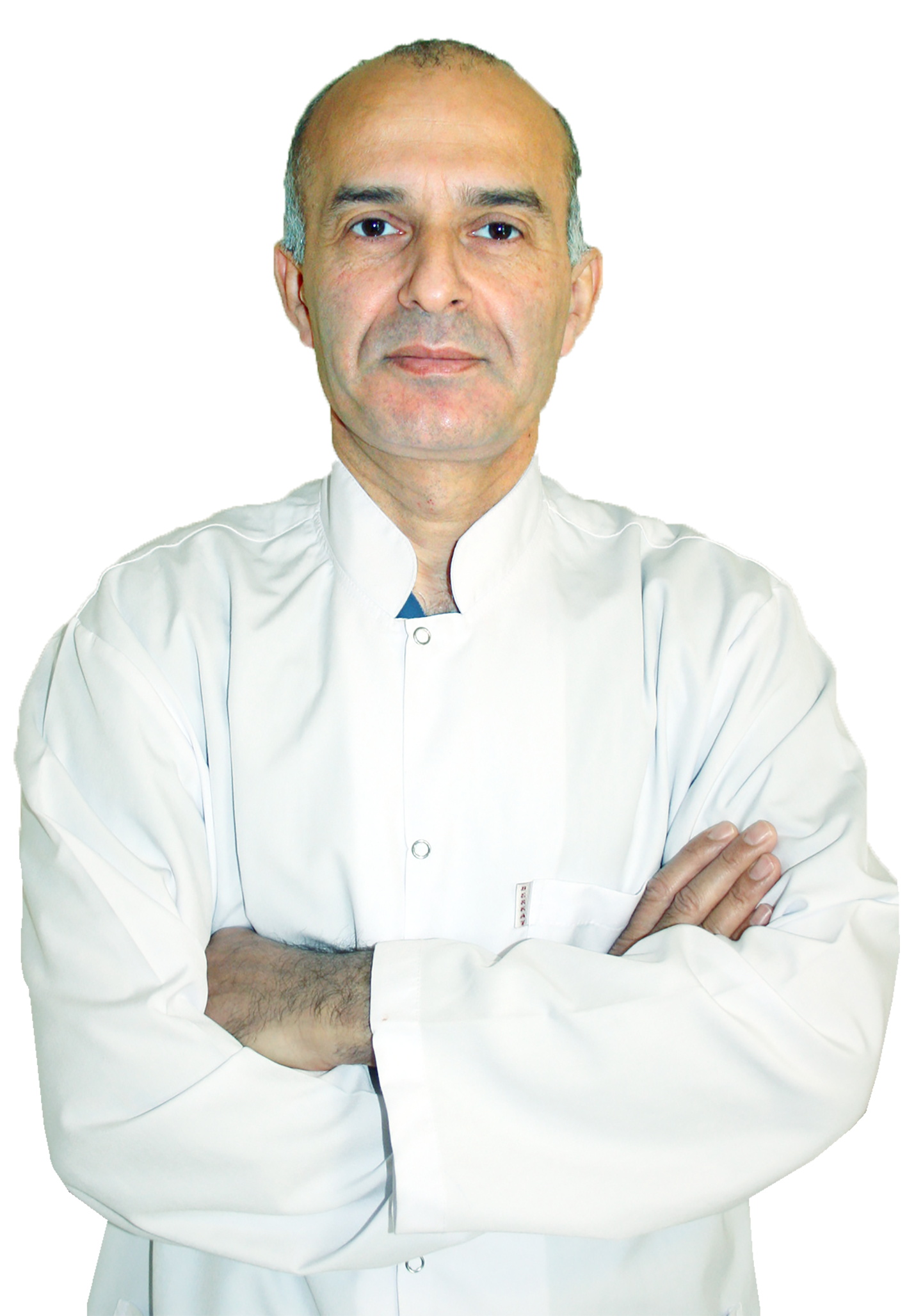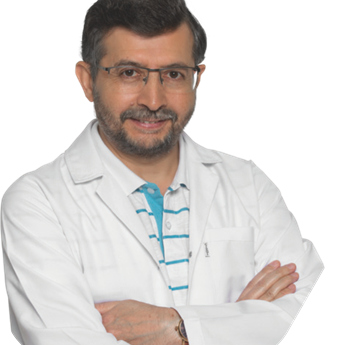CARDIAC SURGERY

The heart is an organ that contracts an average of 60-80 times per minute with its strong muscle structure and pumps approximately 4-6 litres of oxygen-rich blood and nutrients to the organs in the circulatory system and works non-stop. The most important system it works with is the "vascular system". It collects blood from our body through the vein system, sends it to the lungs for oxygenation and pumps oxygen-rich blood back into our body through the arteries. The Department of Cardiovascular Surgery is a medical unit that carries out the treatment of diseases (congenital or acquired) involving the heart and the vascular system that it works with, with medication or surgery. Both in our country and in the world, cardiovascular diseases are among the serious causes of death. Thanks to the continuous progress of modern medicine, many diseases are taken under control with early diagnosis. In cardiovascular diseases that require surgical procedures, the treatment of our patients is carried out by doctors who are specialists in their field.
Operations in Cardiovascular Surgery Department:
Coronary By-Pass Surgery: The arteries feeding the heart are called "coronary arteries". Stenosis and obstruction in these arteries cause heart attack (myocardial infarction). The disease, which develops in people with high blood pressure, diabetes, smoking, obesity, stress, inactivity and coronary artery disease in the family, impairs the quality of life. Coronary bypass surgery with open heart surgery is performed on critically stenotic or completely blocked coronary arteries. In bypass surgery, blood flow is restored by creating a bridge beyond the stenotic or completely blocked coronary arteries with vessels taken from another part of the body.
Heart Valve Surgery: Heart valves are the structures located between the chambers of the heart, which open towards the direction of blood flow and then return to their original position, preventing the blood from escaping backwards. Surgery is required due to severe insufficiency or severe narrowing of the heart valves (rheumatic disease). Depending on the disease of the valves (insufficiency or narrowing), the valves are replaced or repaired by open heart surgery.
Surgical Interventions for Heart Tumours: Benign/malignant mass structures that spread from organs other than the heart or originate from the heart are called heart tumours. Common benign tumours are called myxoma and malignant tumours are called angiosarcoma and rhabdomyosarcoma. Surgical interventions for the removal of tumours are performed through tiny incisions made under the breast called minimally invasive, in addition to the classical method.
Peripheral Vascular Surgery: The arteries that supply other organs and tissues in the body other than the heart and brain are called peripheral arteries. Diseases caused by stenosis and obstruction in these vessels are treated with surgical methods called peripheral bypass or endarterectomy. In peripheral bypass surgery, a vein or artificial vessel from another part of the body is used. In patients with arteriosclerosis so severe that a bypass cannot be performed, sometimes the hardened, calcareous plaque inside the vessel is removed by peeling off the vessel wall and the inside of the vessel is cleaned. This procedure is known as 'endarterectomy'. After the inside of the vessel is cleaned, the opened area is closed by patching with the patient's own vein or an artificial vein. In peripheral vascular diseases, there are treatment options using closed, endovascular methods other than open surgery.
Minimally Invasive CVC: Minimally invasive cardiovascular surgery is a surgical method that uses small incisions in operations and provides rapid recovery. In such operations, the risk of trauma, blood loss, postoperative pain and infection is less. Faster recovery time and a better cosmetic appearance are its advantages.
Vascular Removal for By-Pass with Small Incisions: The veins to be used in by-pass surgeries are taken from other parts of the body such as the patient's leg or arm. In the classical method, the veins are removed with large incisions, while with the endoscopic method, the veins are removed with the help of small incisions.
Left Ventricle Aneurysm Repairs: The balloon-shaped enlargement that occurs after a heart attack in any part of the heart muscle in the left ventricle (ventricle) region of the heart is called left ventricular aneurysm. The cap muscle in the area of the enlarged aneurysm cannot contract and cannot contribute to the blood pumping process. A clot may develop in the aneurysm, causing rhythm disturbances and heart failure. Stroke may also develop as a result of the clot thrown into the brain. Aneurysm can be corrected using different techniques depending on the area and size of the aneurysm.
Aortic Aneurysm Surgeries: The main artery that comes out of the heart and distributes clean blood to the body is called 'Aorta'. The aortic artery is named with different names throughout its course after leaving the heart. The section after leaving the heart is called ascending (ascending) aorta, the area where it curves is called arcus aorta, the part in the chest cavity is called descending (descending) aorta and the part in the abdomen is called abdominal aorta. Abnormal enlargements in the form of sacs may occur in these parts of the aorta. These conditions, called aneurysms, should be closely monitored, and patients who show growth or are in danger of rupture should be treated surgically.
Coronary Angiography: It is the process of visualising the coronary vessels feeding the heart by administering contrast material. The procedure is performed by entering the arteries in the groin or wrist with special catheters.





